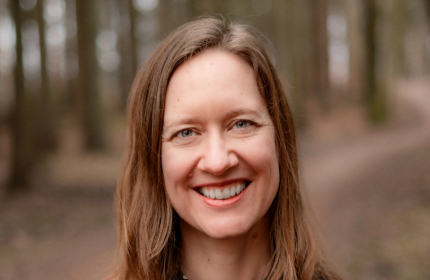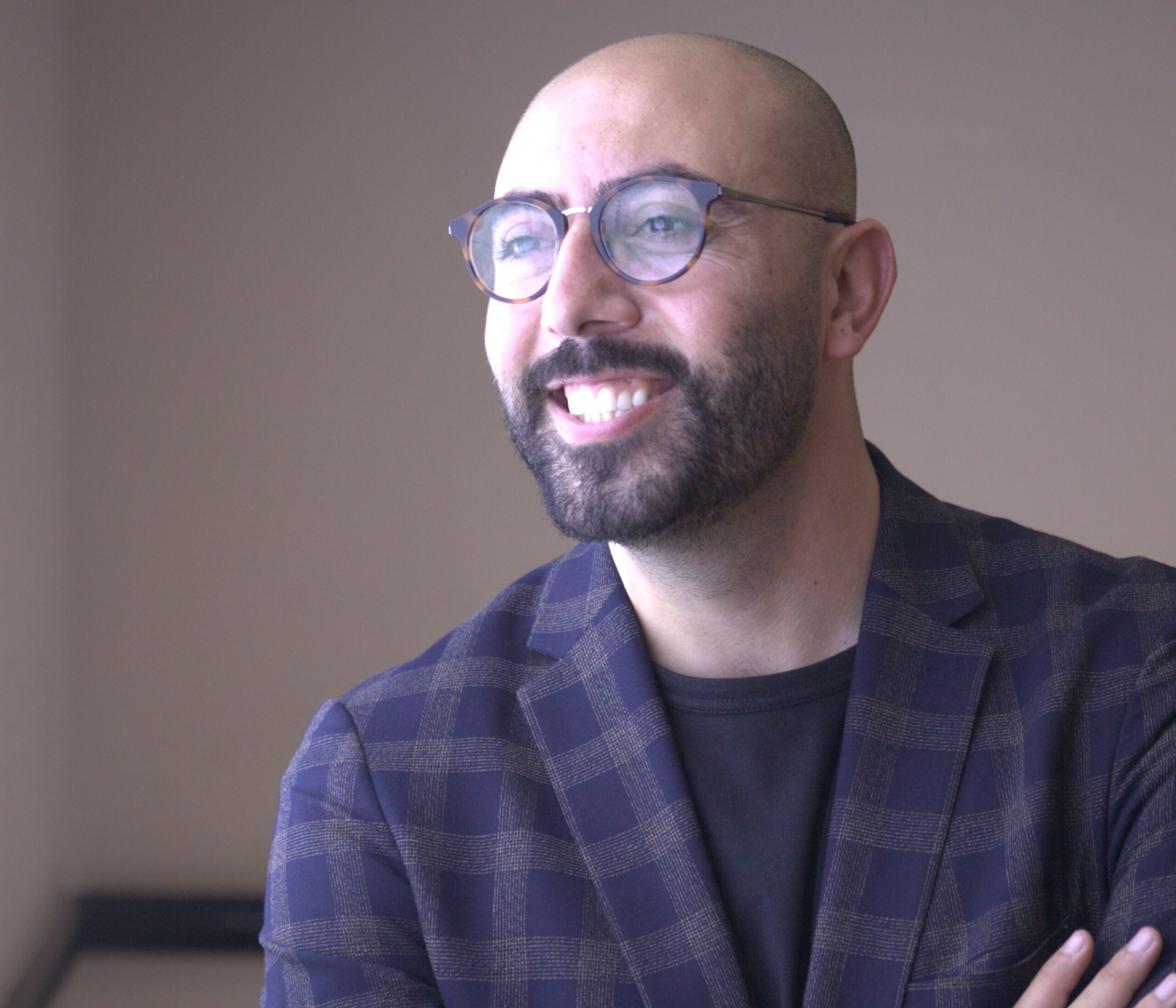Last week, an expert advisory group presented a long-awaited green tax reform report, proposing three models for a future CO2e tax on agriculture in Denmark.
The report coincides with a wider European debate on the future of farming. Though the EU Commission has published some studies on the possibility of an emissions-trading scheme for agriculture, no country in the world has so far tried to implement such a tax.
The expert group has already proposed a carbon taxation for industry, manufacture and energy – but to hit its target of a 70 percent greenhouse-gas reduction in 2030 and climate neutrality in 2045, Denmark needs all of its production sectors to contribute.
Without intervention, agriculture will account for 46 percent of Denmark’s CO2e emissions in 2030, notes one of the report’s authors, economics professor and former chairman of the Climate Council Peter Birch-Sørensen.
The models in brief
The report considers emissions from livestock, fertiliser, forestry and the disturbance of carbon-rich agricultural soils (primarily low-lying soils), as well as the future development of technologies that will ease the cost of shifting to climate-neutral farming.
“We have specified models that, to varying degrees, balance achieving the socio-economically cheapest goal with reducing the burden on agriculture, the risk of production decline and leakage of greenhouse gas emissions abroad,” said the chair of the expert group, economics professor Michael Svarer.
Model one proposes to treat farmers like all other businesses and industries outside the European Training Scheme, with a carbon tax of DKK 750 per tonne by 2030.
It is expected that cattle and dairy farmers would cut production by around 20 percent, plant-based farmers would cut by around 12 percent and total industry emissions would be reduced by 15 percent under this model.
Model two proposes the same level of taxation, but includes a tax reduction at the bottom after which the effective tax equates to DKK 375 per tonne.
Model three proposes that cattle and dairy farmers – the segment of the industry who will be hardest hit by a CO2e tax – would have a lower tax rate of DKK 125 per tonne.
All three models are estimated to enable Denmark’s 2030 and 2045 goals, and include deduction options and subsidies.
“Every model includes a subsidy for reforestation, for example, and for removing lowland soils and transforming the land into wetland,” said Birch-Sørensen.
How will it be calculated?
One of the reasons a tax of this kind is considered administratively complex in the European conversation is that it’s impossible to directly measure emissions from farm units.
A farm’s CO2e emissions must be calculated via other means – but in Denmark, the way to this is already paved.
Danish farmers are obliged to report the number and types of animals that they cultivate as part of national food security regulations – figures which can be used to calculate methane emissions.
Nitrogen is also regulated; farmers already supply authorities with detailed information on their use of nitrogen via manure and fertiliser.
“Combining this information with the emission-measuring methods in our national industry, we can actually account for emissions from individual farm units. So we expect the additional administrative burden on farmers will be minimal,” said Birch-Sørensen.
If we can’t do it in Denmark…
“Will political parties dare to pick one of these models? We want them to choose model one,” commented the director of the environmental organisation The Council for Green Transition Bjarke Møller at the press briefing of the report.
“If we can’t do it in Denmark, I don’t see how it can be done elsewhere in Europe. The political terrain is troubling, but in the last 12 years, 42 percent of full-time farmers have disappeared – so whatever politicians decide, there will be change. We must have these fundamentals,” he added.
Read next: Explainer: Denmark’s CO2 tax on farming
The model one taxation level of DKK 750 per tonne of CO2e is in fact equal to the value of the subsidies already available to Danish farmers – but these subsidies are not adequately structured to support a full green transition.
To do so, the report acknowledges that the existing incentives, deductions, schemes and subsidies need to be adapted.
An effective subsidy programme will also limit carbon leakage – the shifting of greenhouse-gas-emitting industries outside the EU to dodge its tighter regulations.
Svarer, the chair of the expert group behind the report, framed it like this: “Deductions and subsidies can be interpreted as society’s price for reducing the financial burden on agriculture.”
First look: Response from Danish agricultural sector
Immediately after the report was presented, the organic farming organisation Økologisk Landsforening levelled criticism for its failing to incorporate the tax into existing EU support schemes.
“We are very critical of what has been put forward today,” said head of agricultural and food policy Sybille Kyed. “Previous governments have promised to reduce bureaucracy. If we use an existing framework rather than rolling out yet another bureaucratic system, the tax model can be extended to other EU countries.”
She added: “There are proposals for a billion in compensation, but we fear that it will be spent on subsidies for technology that will maintain an agricultural structure that leaves very little room for nature and for farm animals to live good and natural lives.”
NGOs and industry organisations
Meanwhile, Greenpeace Denmark advocated for “the most ambitious tax” on farming. Campaign manager for agriculture, nature and forests Christian Fromberg called the proposals ‘fair’.
“By sending the money from the tax back to the transformation of agriculture, we can both give a big push to climate action and support viable agriculture,” he said.
Denmark’s largest business organisation Dansk Industri took a cautious stance towards the highest tax, stressing that domestic production must be safeguarded:
“By introducing a very high tax, we risk throttling Danish production. Because we are dealing with expensive and biological processes, we need innovative tools to create a sustainable green transformation. I think we can easily achieve the greenest products in the world with a reasonable tax structure that creates an incentive for a green transition without moving production abroad.”
Industry organisation Dansk Metal, on the other hand, chimed in that the level of CO2 tax in agriculture should be the same as for Denmark’s other production industries:
“If you do not standardise the level of CO2 tax across industry and agriculture, investments in the green transition will be skewed. There is therefore no way around a high and relatively uniform CO2 tax on agriculture from 2027,” said chairman Claus Jensen.
Think tanks and councils
Head of analysis at the independent political think-tank CEPOS, Otto Brøns-Petersen, acknowledged that Denmark’s climate targets present agriculture with huge economic challenges, but called nonetheless for the highest tax level, “corresponding to the normal CO2 tax.”
“A low tax on agricultural greenhouse gases will make the green transition more expensive,” he continued. “If politicians want to compensate agriculture for the large loss of income, it should not detract from the incentive to reduce emissions. This in particular excludes model three.”
Ulrik Beck, chief economist at Kraka – a political think tank and advisor to Christiansborg, similarly discarded model three: “the tax is simply too low to guarantee a sufficient green transformation of agriculture,” he said.
He flagged the report’s lack of solutions for the bankruptcy risk to the individual farmer. “It will therefore be a significant task for the politicians to ensure this balance,” he said.
It’s a salient point. In 2023, an analysis by The Danish Council on Climate Change found that a tax of DKK 750 per tonne CO2e would result in an increase in the proportion of Danish farms with a negative net income from around 25 to 45 percent.
Speaking to Ritzau, chairman of the Climate Council Peter Møllgaard, said model one is “the most cost-effective for society and delivers the biggest reductions.”
“But it does not take so much into account other aspects such as cohesion and the competitiveness of the business world,” he added.
Finally, independent economist Lars Gårn Hansen, a so-called vismænd (sage) in Denmark, and one of the four heads of the Economic Council, also recommended model one.
“It spreads the tax from industry to agriculture and provides a uniform incentive to reduce CO2 emissions in a large part of the economy. This is the way to get the cheapest reductions,” he said.
He added that a lower tax rate will increase the cost to the average Dane: “There are few cheap reductions in agriculture. You are subsidising expensive technology solutions.”
Politicians pitch in
Initially, a green tripartite of the governing parties Venstre, Socialdemokratiet and Moderaterne will review the expert group’s report and attempt to reach a common proposal.
But many of Denmark’s political parties were quick to pick up on the report’s evaluation that, whatever level of carbon taxation they choose, 2000-8000 jobs will be lost in the agriculture sector.
Though the expert group downplayed these effects as “minimal”, it did not deter a flare of reactions.
Venstre, one of Denmark’s three governing parties, rejected the models, despite party leader Troels Lund Poulsen expressing his support for a green tax in October last year.
“We are not going to start from one of the models presented today,” economy minister and Venstre member Stephanie Lose told DR.
“We are going to work on the basis of what is already on the table, with the ambition for a real green transition that will not just send jobs out of the country,” she added.
Danmarks Demokraterne also flatly rejected the carbon tax. Inger Støjberg – a staunch supporter of the agriculture sector and ex-Venstre politician with whom the chairman of the farming union Landbrug & Fødevarer had previously pleaded “we need you in the negotiation room” – called the proposals a “scandal”.
Speaking to DR, Danmarks Demokraterne spokesperson Hans Kristian Skibby added: “coercion is of no use if the industry does not have source funding to meet the investments that are needed.”
SF issued a statement of support for model one, with spokesperson Signe Munk commenting to Avisen: “I am inclined towards that with the greatest certainty of bringing down CO2 emissions.”
She cautioned, however, that the model is not a plug-and-play, given the potential loss of jobs: “You can’t just say, well, in the economists’ spreadsheet it evens out. While we cannot avoid that agriculture will shrink, the sector can be part of the solution and we must try to help these people.”
The time is now for ambitious climate policy
In the coming weeks, Denmark’s political landscape will be rife with debate, as the country attempts to land this seminal piece of legislature.
Whether the final carbon taxation model can be exported to other countries, in part or whole, remains to be seen. Danish policymakers are breaking new ground in securing a green economy.
In all of this, Møller’s words again ring loud – both a warning and call to action: “If we can’t do it in Denmark, I don’t see how it can be done elsewhere.”












